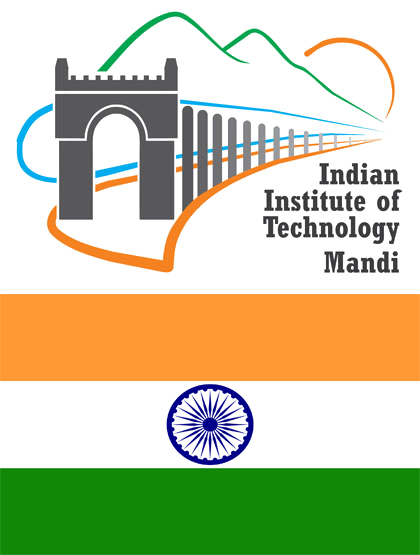Functional Hybrid Materials Research Group


Energy conversion and energy storage devices have attained a dominant place in the quest for alternatives to fossil fuels. One such promising energy conversion device is fuel cell which involves oxygen reduction reaction (ORR) as the cathodic reaction. To overcome the well-known drawbacks of commonly used Pt/C catalyst for ORR, researchers across the world have been successful in developing number of non-noble metal-based ORR catalysts without compromising the catalytic activity. However, another challenge for fuel cell application in current scenario is the low efficiency due to various energy losses. To overcome this problem, energy conversion devices can be coupled with energy storage devices like supercapacitors. Thus, synthesis of catalysts with dual application for energy conversion and energy storage is highly desirable. One of our research interests is to develop doped materials with high porosity and surface area as smart catalysts for energy storage and conversion. We are involved also in developing prototypes using these materials for establishing their potential.
 <
< Metal-organic materials are structurally diverse materials constructed from a variety of inorganic nodes (metal clusters or ions) and organic linkers. The high tunable and stable nature of metal-organic materials has boosted up the study of these materials for a broad range of applications which includes gas storage and separation, sensing, drug delivery, energy storage and conversion, catalysis especially electrocatalysis and photocataylsis. The industry produced wastewater contains a large number of organic and inorganic pollutants including heavy metals, pesticides, fertilizers, organic dyes etc. All these pollutants are highly toxic, carcinogenic and most importantly they do not degrade itself in the presence of sunlight. Hence, there is a dire need for suitable technology for removing these pollutants from wastewater as these are threats to human, plant and aquatic lives. In recent time, metal-organic hybrid materials are being considered to be potential candidates for treating these pollutants. We have been working on design, development and integration of smart hybrid materials with a suitable technology for wastewater treatment and for addressing other environmental issues.

Supramolecular gels are soft materials formed by the non-covalent interactions (hydrogen bonding, Vader waal interactions, π-π interactions etc.) among the molecular gelators. The weak nature of the non-covalent interactions allow them to be highly responsive to external stimuli rendering them as an efficient tool for the visual discrimination of the enantiomers which otherwise is difficult. The self-assembly of gelator molecules into nanoaggregates that form a 3D network and further immobilizes a large amount of solvent. This network provides a large surface area and owing the active groups present they can serve as efficient catalysts.
